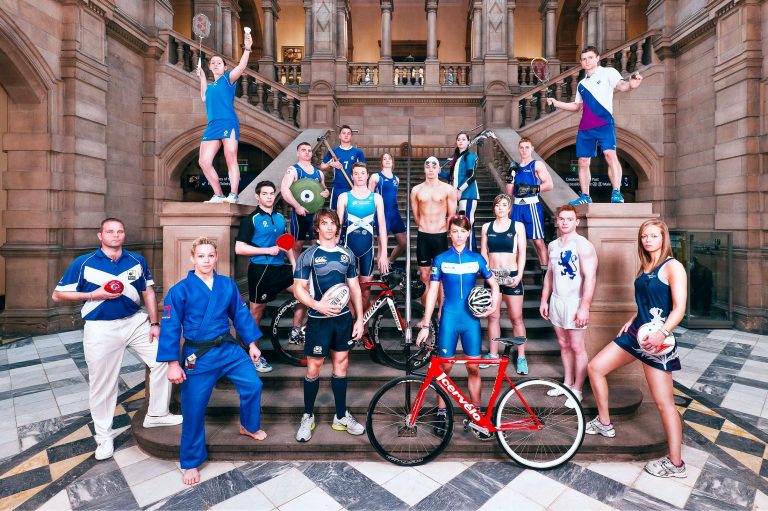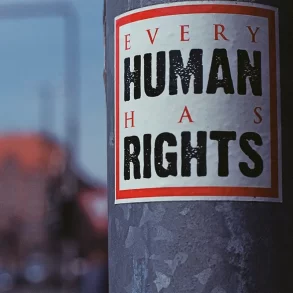The Commonwealth Games is an international sporting event and occurs every four years. It is the third biggest sporting event after the Olympic Games and the Asian Games.
Throughout the years, The Commonwealth Games as we have known it since 1978, has evolved through a range of identities. Throughout the 1930s to the early 1950s, it was known as the British Empire Games before rebranding to the British Empire and Commonwealth Games in 1954. The event was rebranded again in 1970 to the British Commonwealth Games, an identity that only lasted 2 occurrences of the games.
The Commonwealth Games sees athletes from around the Commonwealth – a group of 53 member states that were mostly territories of the former British Empire compete in a range of sports, hosted in cities selected by the Commonwealth Games Federation (CGF)
When the Scottish city of Glasgow hosts the games in 2014, eighteen cities in seven countries will have hosted the event.
Elanders UK takes a look at the history and design evolution of the official Commonwealth programmes.
The Convergence of Design and Responsibility: Yohe Wang’s Lifelong Mission1930
The 1930 programme was designed for the first British Empire Games that were held in Hamilton, Ontario, Canada from August 16th until August 23rd. The opening ceremony, which included Governor General of Canada, Lord Willingdon, officially opening the games in addition to the closing ceremony and many of the events were held at the Civic stadium. Aquatic events were held at the Jimmy Thompson Memoria Pool.
The 1930 programme was produced in both colour and black and white with different front covers used on each. However, the black and white version of the programme is the smaller of the two and was on sale for 10 cents (10¢). Both programmes used the same typeface; with the only variants is the size of the font itself. The front covers of the programmes were slightly different, with a large image of an athlete along with the Union Jack present on the colour version whereas a guard appears on the front cover of the black and white version, complemented with the Union Jack flag and an athlete about to start a race.
Here’s the Best Way to Build Your Maiden first App1934
The 1934 programme is from the second British Empire Games that were held in London, England. Athletic events were held at the White City stadium with boxing, wresting and aquatics held at the Empire Pool and Arena, Wembley. Cycling events were held in Manchester.
The programme for the 1934 games shows a variety of iconic symbols that show the event was being held in England. The Union Jack is in the background and the lion present symbolises the “three lions”, an emblem of the England national team and forms a popular chant heard at many international games when England are playing.
Should You Have Antivirus on Your Smartphone?1954
The 1954 British Empire and Commonwealth Games were held in the Canadian city of Vancouver from July 30th to August 7th and were the first games since the name change to the British Empire Games, which took place two years earlier in 1952. The main venue for the event and where the opening and closing ceremonies took place is the Empire Stadium.
The programme design was consistent throughout all programmes created for each event. As the colours have washed out with the age of the programmes, the text was originally white, along with the emblem and the background shape which contains the name of the event.
How to Start a Freelance Career in Graphic Design1958
The 1958 programme is from the second occurrence of the British Empire and Commonwealth Games held in the Welsh capital of Cardiff. 1,130 athletes and 28 officials from 35 Commonwealth Nations attended the games to compete between July 18th and 26th 1958.
It was the first time that the Queens Baton Relay (a similar event to the Olympic torch relay) took place and has been conduced prior to each and every British Empire and Commonwealth Games ever since. It was also the first time countries and dependencies including Singapore, Ghana, Kenya and the Isle of Man were presented with medals for the first time.
The programme features uses the colour scheme of red and white with a small red dragon featured in the background, which is the national emblem of Wales. The typeface is serif with all text in uppercase. The only text that doesn’t use the serif typeface is the name of the event, which is styled in a calligraphy font.
1970
The Scottish capital of Edinburgh hosted the British Commonwealth Games in 1970, from July 16th until July 25th. It was a significant year for the Commonwealth Games as they took on the brand of the British Commonwealth Games and it was the first time the games were hosted in Scotland.
As the games continued on in the 1970s, the use of imperial measurement was discontinued and metric measurement units replaced them. When the Jamaican capital of Kingston hosted the games four years earlier, sprints and jumps were measured out in yards with longer marathons measured out in miles. Despite the strong usage of imperial measurements being used in 1966, the 3000 (3 kilometres) meters steeplechase was measured in metric units.
The programme uses a green, white and black colour scheme. The background of the front cover is light green with white text used for the headlines and black text for event information. The typeface is a slab font, which is used throughout.
2002
The British city of Manchester hosted the Commonwealth Games in 2002 from July 25th to August 4th and was the largest multi-sport event to be held in the UK prior to the 2012 Olympic Games held in London, which Manchester failed to host in 1996 and 2000.
The Games were hosted in the United Kingdom to coincide with the Golden Jubilee of Elizabeth II, the head of the Commonwealth. The main venue for the games was the City of Manchester Stadium, now the Etihad Stadium, during the Games that was used for most events and the opening and closing ceremonies. The stadium was a centrepiece of an area called Sportcity, of which the Manchester Aquatics Centre is located for the aquatic events as well as the Manchester Velodrome and the National Squash Centre.
The design of the programme shows the interior of the Manchester Aquatics Centre despite the edition was created for the Rugby events. The year doesn’t appear on the programme in numbers but in roman numerals. The typeface of the event is sans serif, which is the second time the Commonwealth has used this font within this collection. Small images representing the main events appear along the top edge of the programme, along with the 2002 Commonwealth Games logo.
2006
The Australian city of Melbourne hosted the largest sporting event with more teams, athletes and events being held compared to the 1956 Summer Olympics that was also held in the city. The 2006 Commonwealth Games were held over a period of 11 days from March 15th until March 26th at the Melbourne Cricket Ground.
The design of the programme incorporates and shares the same colour scheme used on the logo, which is also visible on the event poster. Light green is used for the primary background with a light blue used for the headline background. White text is supplied throughout the front cover with a large image consisting of silhouettes playing Rugby.














